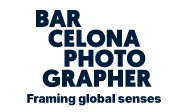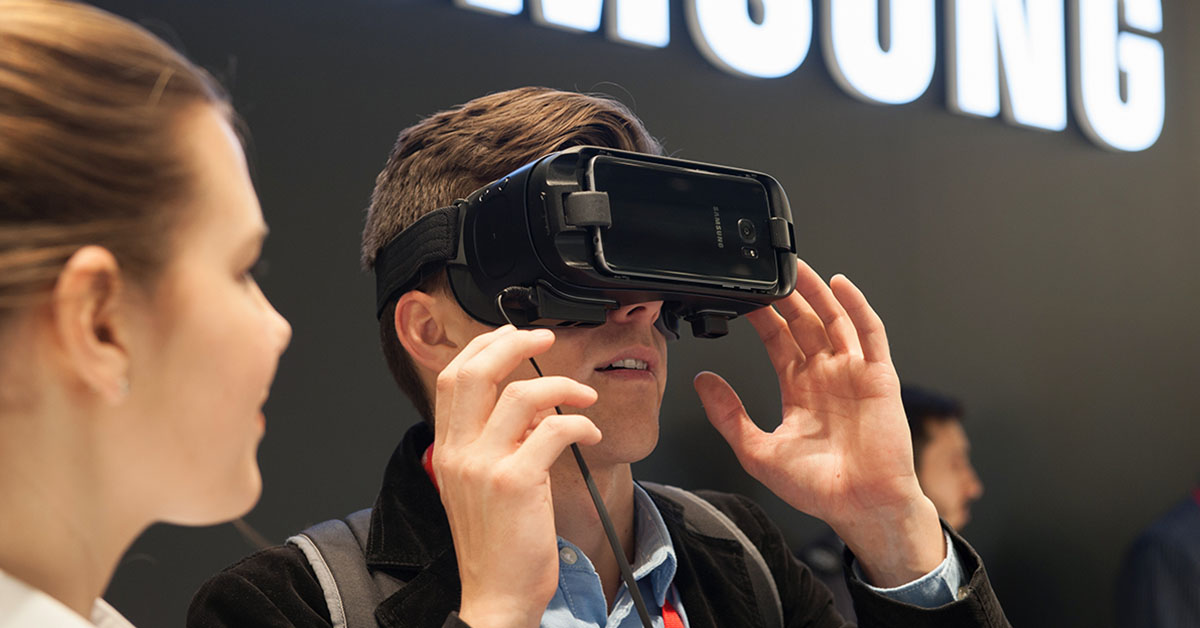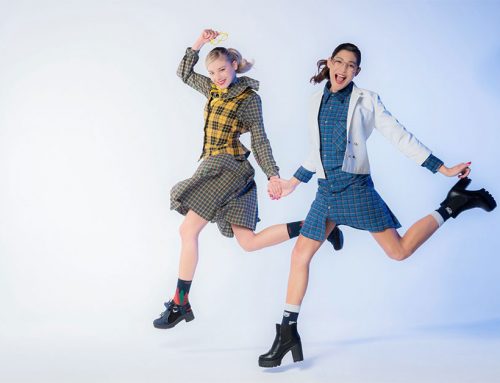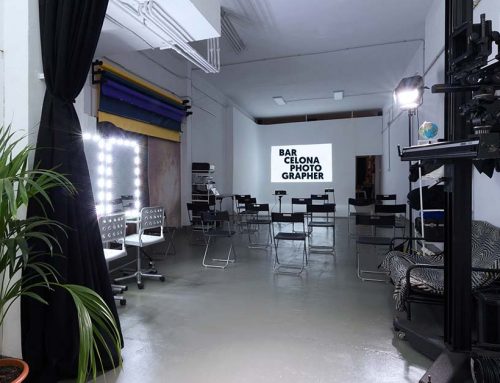Event photography is a fascinating and challenging field that combines artistic acuity with technical skill.
As event photographers, we are prepared to face a unique set of challenges, from changing lighting to capturing ephemeral moments. And in this article we want to share with you what some of these challenges are, and offer tips and techniques to overcome them, ensuring that photographers can capture the crucial moments of any event.
Event photography: The complexity and challenges photographers face in this context.
Event photography is much more than just taking pictures. It is an art form that requires speed, precision and a great ability to adapt.
Photographers must be prepared to deal with a variety of scenarios, from concerts with strobe lights to indoor ceremonies with dim lighting.
One of the biggest challenges is the fickle and often unpredictable lighting. Therefore the settings of the photographic equipment have to be constantly adjusted to suit the available light, which can change from one moment to the next. In addition, crowds and constant movement can make it difficult to find the right angle or position to capture an image.
Another major challenge is the ephemeral nature of events. Crucial moments happen quickly and only once. This means that photographers are always alert and ready to shoot, anticipating key moments before they happen.
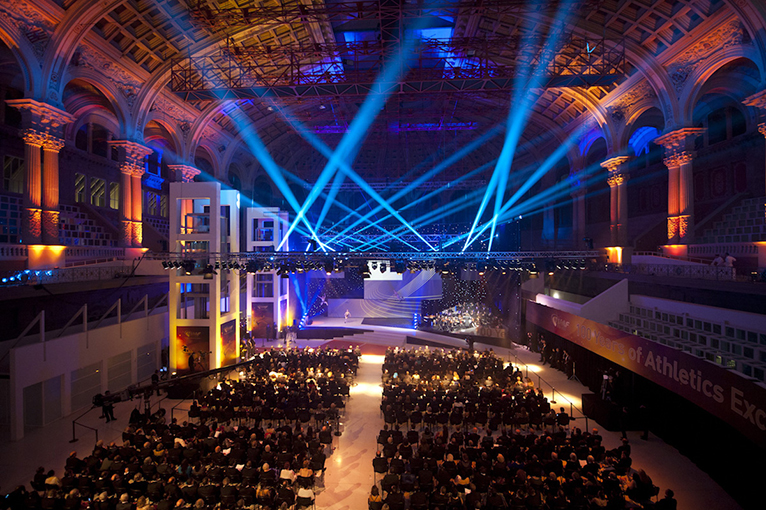
Tips and techniques for adapting to real-time illumination
Adapting to real-time lighting is essential in event photography. Here are some tips to better manage lighting:
Knowing the equipment
A thorough knowledge of the camera and lenses is essential. Knowing how to quickly change ISO, aperture and shutter speed settings can make a big difference.
Use of available light
Learning to take advantage of existing light, whether natural or artificial, is crucial. This may mean positioning the subject so that the light favours it or adjusting the camera to capture the best possible image in low light conditions.
Flash and diffusers
In low light situations, the use of a flash can be helpful. Diffusers and reflectors can also help soften the light from the flash and make images appear more natural. It should be noted, however, that flash cannot always be used, as at some events such as conferences, concerts, or catwalks, the use of flash may be prohibited.
Practice and experimentation
Before the event, it is useful to visit the venue to experiment with different lighting and camera setups. This can also help to anticipate lighting challenges that may arise.
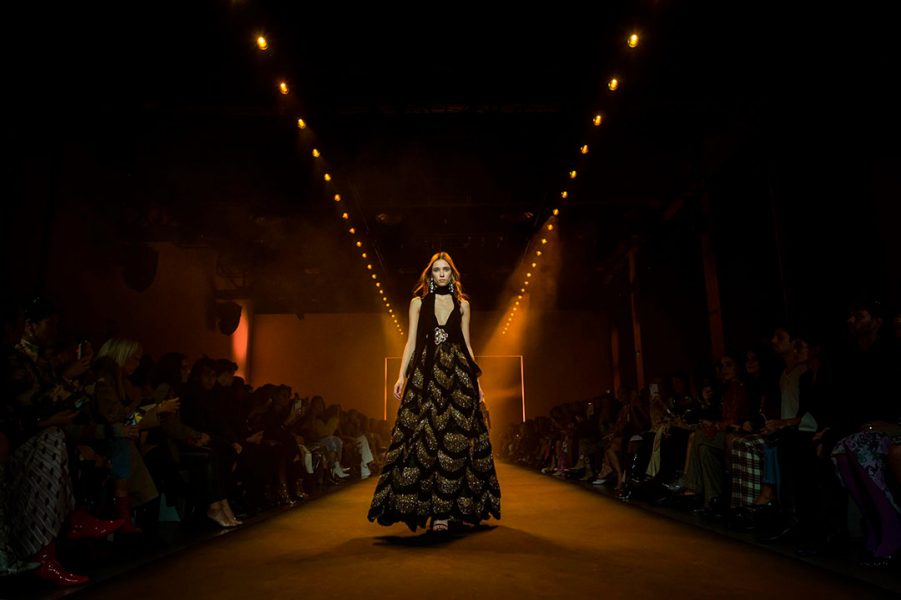
The ephemeral nature of key moments in events
Capturing the ephemeral moments at events is a skill that every photographer must master. These moments, often full of emotion and meaning, are the essence of event photography. Some tips on how not to miss these moments include:
Always be ready
Having your camera ready at all times is essential. This means having the right settings for the current light conditions and being aware of what is going on around you.
Anticipation
Knowing the event programme and understanding its flow can help anticipate when and where key moments will occur.
Strategic positioning
Positioning yourself in a place that offers a clear view of the main activities without obstructions is crucial. Sometimes this can mean moving constantly to follow the action.
Patience and focus
Patience is often the key to capturing the perfect moment. Staying focused and prepared to act quickly when the opportunity presents itself is essential.
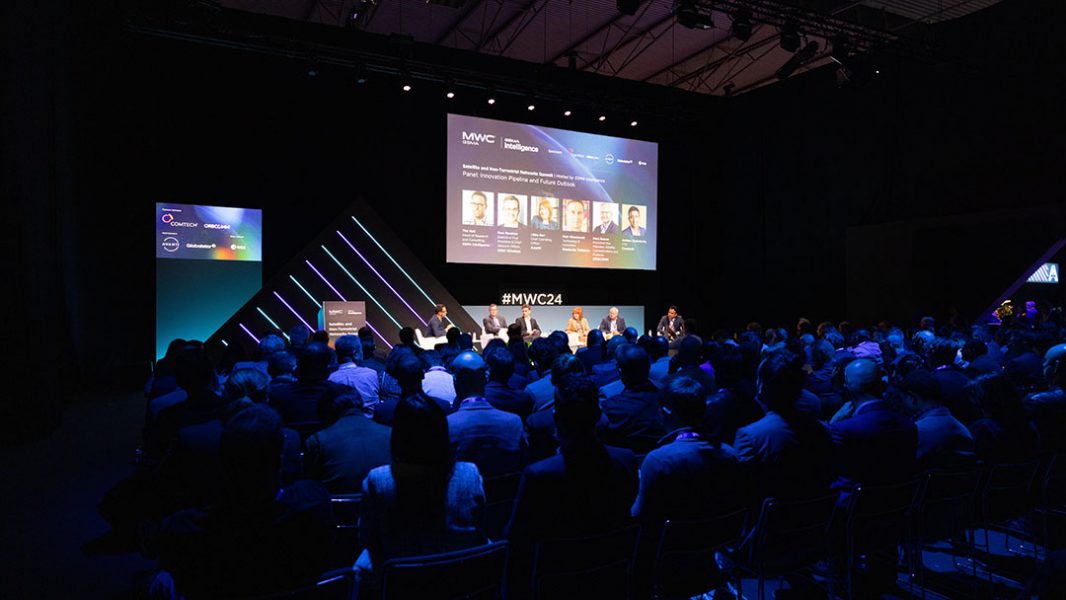
Anticipating and capturing the crucial moments of an event
Anticipating and capturing the crucial moments of an event requires both intuition and technical skill. Here are some strategies:
Know the event
Researching the event and its participants can provide valuable information on where and when the most important moments may occur.
Communication with the organisers
Talking to the event organisers can offer insights into the highlights and help plan photo coverage.
Using multiple cameras
Having a second camera with a different lens can be useful for capturing a variety of shots, from wide views to close-ups, without wasting time switching lenses.
Continuous capture
Using the continuous shooting function can increase the chances of capturing the perfect moment, especially during fast action situations.
We have told you, in a very brief and generic way, how event photography is an art that requires a combination of technical skills and creativity. Each event is different, and therefore, the photography must be adapted to each case.
If you are looking for an event photographer in Barcelona, you need to know that at Barcelona Photographer, led by Katherin Wermke, we are specialists in telling the story of an event in an impactful and memorable way. Contact our team and we will inform you in detail.
